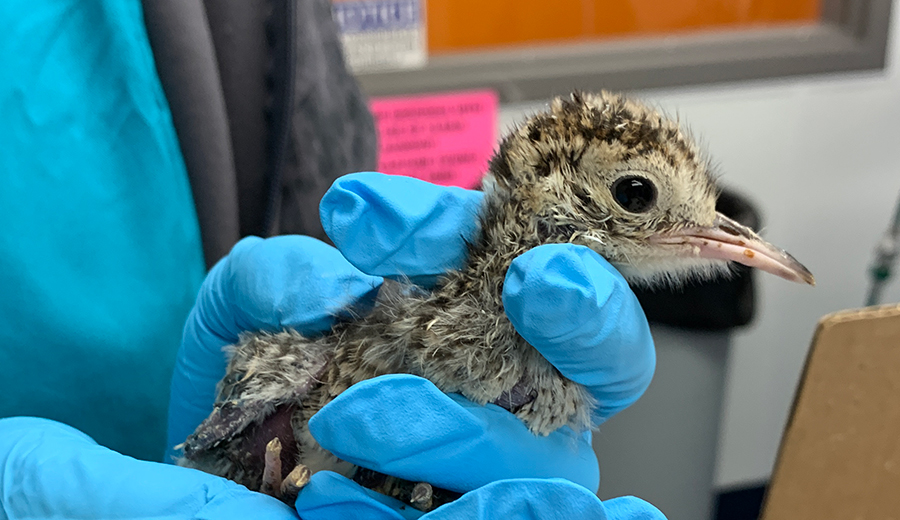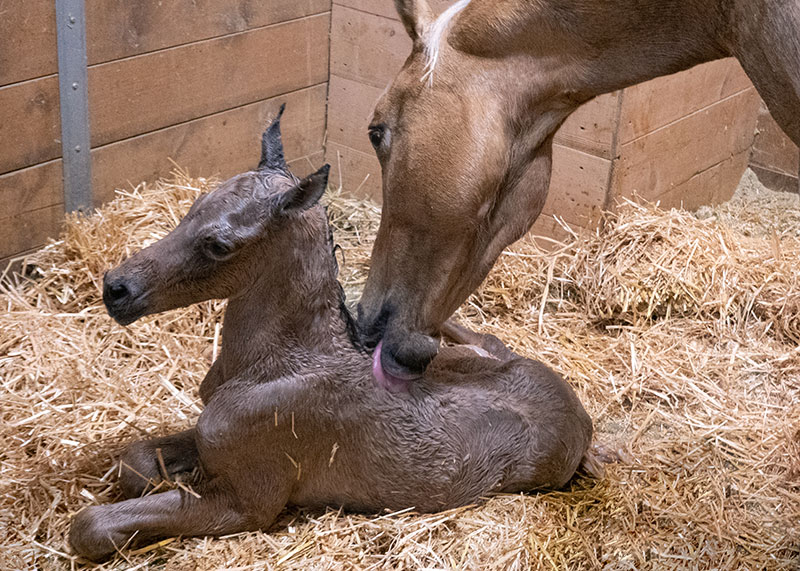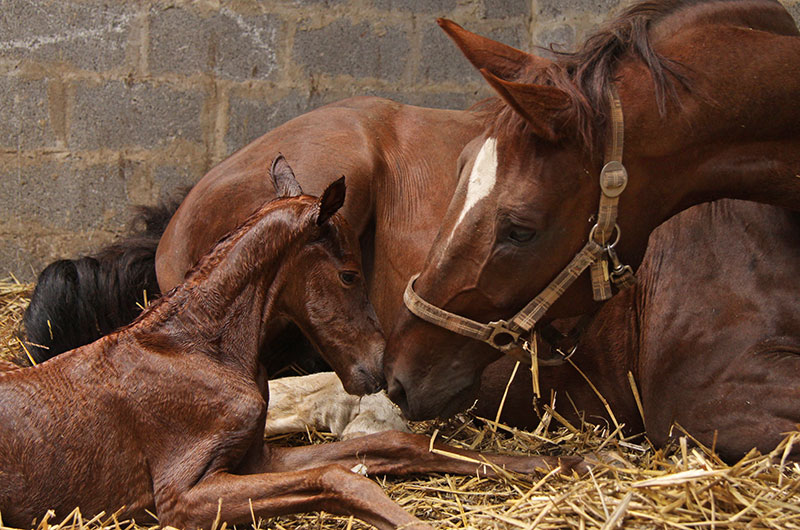Pet Dental Care Improves Quality of Life
When an animal visits the veterinarian for a dental cleaning, the procedure is often referred to as a “dental.” Dr. Mallory Kanwal, a second-year resident in the dentistry and oral surgery service at the University of Illinois Veterinary Teaching Hospital in Urbana, prefers to use the term “COHAT.”
“COHAT stands for Comprehensive Oral Health Assessment and Treatment. COHAT is a more recent term that helps convey the importance and value of having a pet’s entire mouth checked regularly,” Dr. Kanwal says. COHAT covers the whole process to ensure that a pet’s mouth is healthy by diagnosing—and fixing–any issues that are present.
Who Needs COHAT?
“Any animal that has teeth should have their teeth routinely checked by a veterinarian,” Dr. Kanwal explains, “However, certain species need more dental treatment than others.”
For rodent patients, such as rats, mice, guinea pigs, and hamsters, veterinarians are less concerned about gum, or periodontal, disease and more concerned about occlusion of the teeth. Occlusion refers to contact between teeth; rodents’ teeth grow constantly throughout their life.
Even large animals have dental issues. Dr. Kanwal mentions that pigs develop tooth root abscesses and cows have suffered jaw fractures from trauma.
Cats and dogs need to have dental examinations, cleanings, and treatment to maintain overall health. Pets with smaller mouths, such as chihuahuas, or different anatomy, such as pugs, bulldogs, and Persian cats, need to be seen more often.
Examining the Teeth
A veterinarian will examine an animal’s teeth during annual wellness exams or any time there is a suspected problem in the mouth. The veterinarian will feel and look at the color of the gums, tongue, and teeth. They will look for any diseased or broken teeth that might need to be treated.
“Cats and dogs can be quite stoic creatures. They could have a fractured tooth and not show any signs of pain,” Dr. Kanwal explains. Other signs of gum or tooth disease include a change in appetite, excessive salivation, or dropping food.
Dr. Kanwal says, “While the pet is awake, we can’t always get the best look at all the teeth.” Some pets do not tolerate having the veterinarian that close to their face or become uncomfortable having their teeth examined. After the veterinarian gets as much information from the patient’s awake exam as possible, recommendations for the next steps of the COHAT can be made.
Getting a Better Look
If the veterinarian determines that the pet could benefit from scaling and polishing the teeth or needs to have a tooth extracted, blood work will be done to evaluate the internal organs and choose the best anesthetic protocol for that pet.
“The first step is to ensure that the pet is a good candidate for safely undergoing anesthesia. Before the procedure, we will protect their airway by placing an appropriately sized breathing tube,” Dr. Kanwal explains “The tube will allow the airway to remain protected from water and debris while we work in the animal’s mouth and will pass oxygen and anesthetic gas to the patient’s lungs.”
It is at this point of the COHAT that the veterinarian will perform a tooth by tooth exam. Because the animal is anesthetized, the veterinarian can more thoroughly examine each tooth, even those in the very back of the mouth that are otherwise hard to see.
“Some disease can only be found below the gumline and is best seen using a radiograph,” Dr. Kanwal says. Dental radiographs, also called dental x-rays, are used to visualize the bone and roots of the teeth.
“Cleaning a pet’s teeth without taking x-rays may result in missed opportunities to improve the quality of life and health of that animal,” Dr. Kanwal explains.
When Is It Time?
When a pet should have their first COHAT and how frequently thereafter depends a lot on the individual animal.
Dr. Kanwal recommends that pets have their first COHAT by the time they are 1 to 2 years old.
“Smaller dogs and cats should then have a COHAT yearly to treat any issues and prevent others from progressing,” Dr. Kanwal says. “Bigger dogs may be able to have a COHAT every two years depending upon their veterinarian’s recommendation and how they use their teeth.”
Prevention
Dr. Kanwal suggests that the best way to prevent dental disease is to brush the pet’s teeth daily.
“This will remove the plaque and bacteria, leading to less inflammation and protection of the oral tissues,” she says. It can be difficult to brush a pet’s teeth, so it is important to slowly introduce the routine to the pet and try to make it a fun experience, with a pet toothpaste or treats afterward.
“Veterinary dentistry has evolved tremendously in the past 20 years and has made a huge difference in the quality of life for our pets,” Dr. Kanwal says. “A routine COHAT leads to happier and healthier pets with a bonus of better breath with their kisses.”
If you have any questions about pet dental care, contact your local veterinarian.
By Beth Mueller
Photo of Dr. Mallory Kanwal with Bruce, a shih tzu mix.

![[Dr. Mallory Kanwal and a canine dental patient]](https://vetmed.illinois.edu/wp-content/uploads/2021/04/pc-kanwal-dental.jpg)


